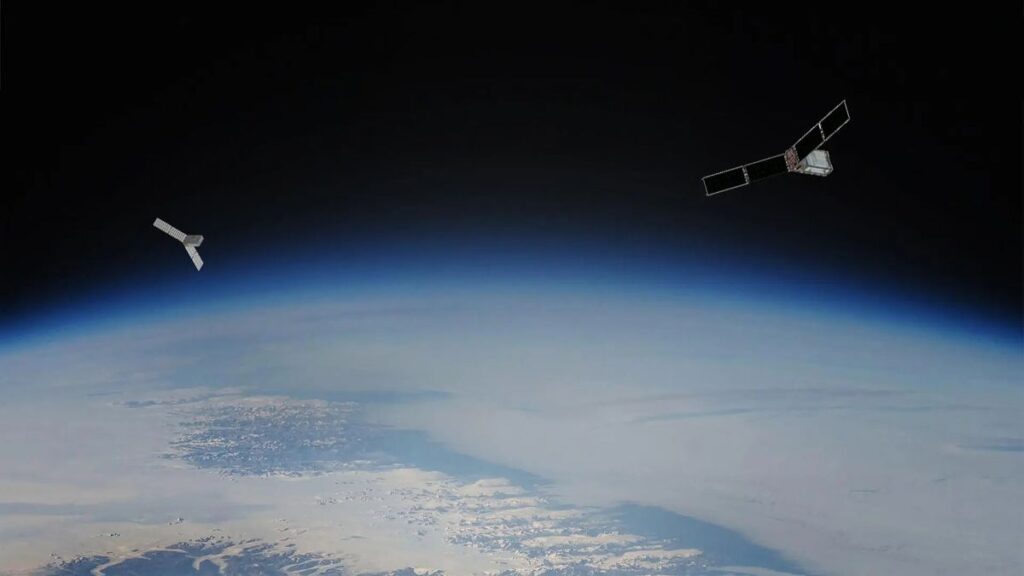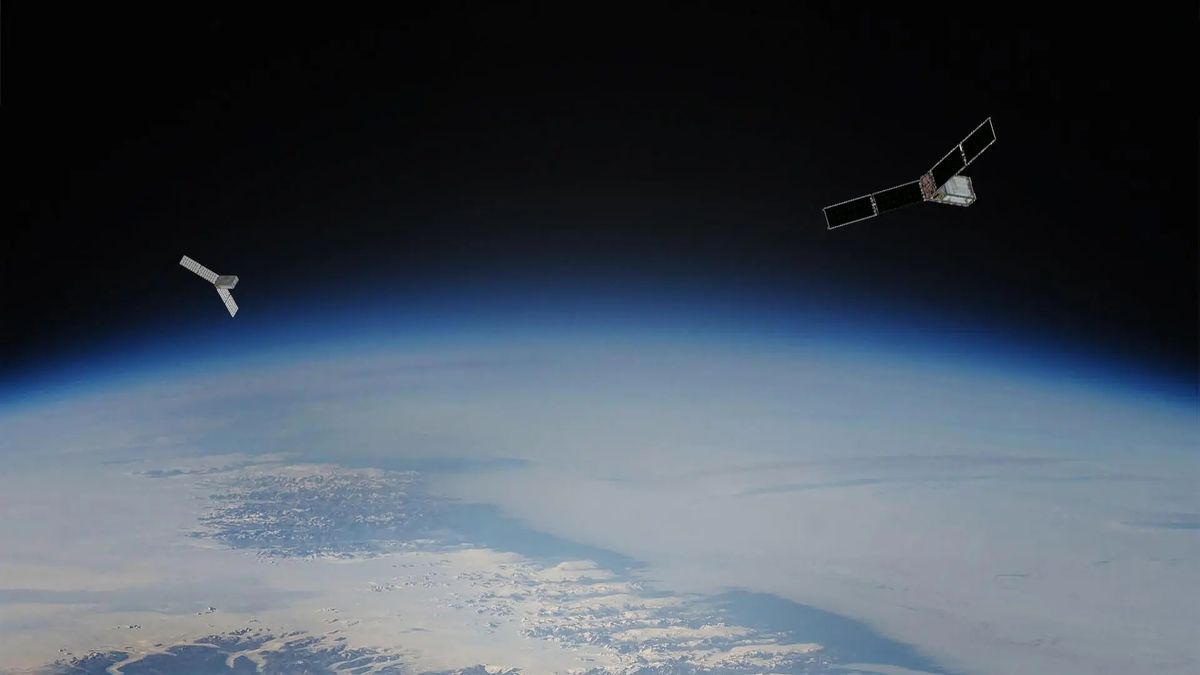NASA, PREFIRE mission, CubeSats, polar heat loss, far-infrared radiation, climate change, Earth energy budget, Arctic, Antarctica, thermal infrared spectrometer, global warming, climate science, NASA climate satellites
Discover how NASA’s PREFIRE mission is using tiny CubeSats to measure far-infrared radiation from Earth’s poles. Learn about the significance of these measurements for understanding the planet’s energy budget and improving climate models. Explore the groundbreaking technology behind this mission and its implications for predicting climate change and weather patterns.

NASA’s recent mission to launch a tiny satellite to measure heat emissions from Earth’s poles marks a significant advancement in understanding the planet’s climate dynamics. This mission, named PREFIRE (Polar Radiant Energy in the Far-InfraRed Experiment), aims to fill a critical gap in climate science by providing unprecedented data on far-infrared radiation from the Arctic and Antarctica. Here’s everything you need to know about this groundbreaking mission.
What are CubeSats?
CubeSats are a class of miniature satellites with a standardized size and form factor. Typically, a CubeSat’s basic unit (1U) measures 10 cm x 10 cm x 10 cm and weighs no more than 1.33 kg. These small satellites can be configured into larger units, such as 1.5U, 2U, 3U, 6U, and 12U, depending on the mission requirements.
Originally developed in 1999 by California Polytechnic State University and Stanford University, CubeSats were intended as educational tools. However, their low cost and reduced mass have made them valuable for technology demonstrations, scientific research, and commercial applications. PREFIRE’s satellites are 6U CubeSats, approximately 90 cm in height and 120 cm in width when their solar panels are deployed.
The Significance of Measuring Heat Emissions at Earth’s Poles
The Earth’s energy budget is the balance between incoming energy from the Sun and outgoing energy radiated back into space. This balance determines the planet’s overall temperature and climate. A significant portion of the heat radiated from the Arctic and Antarctica is in the form of far-infrared radiation (wavelengths of 3 μm to 1,000 μm). Currently, there are no instruments capable of measuring this type of radiation from space, leaving a significant gap in our understanding of the Earth’s energy budget.
The PREFIRE Mission
PREFIRE’s two CubeSats will be positioned in a near-polar orbit at an altitude of about 525 kilometers. These satellites are equipped with thermal infrared spectrometers (TIRS) designed to measure far-infrared radiation. The data collected will provide crucial insights into the amount of heat emitted from the poles and how it influences global climate patterns.
Laurie Leshin, director of NASA’s Jet Propulsion Laboratory, emphasizes the importance of this mission: “Their observations will help us understand the fundamentals of Earth’s heat balance, allowing us to better predict how our ice, seas, and weather will change in the face of global warming.”
The Role of Far-Infrared Radiation
Far-infrared radiation plays a critical role in the Earth’s energy budget, particularly in the polar regions. This type of radiation is a significant component of the energy emitted from the Earth’s surface and atmosphere. By measuring far-infrared radiation, scientists can gain a better understanding of the greenhouse effect, particularly how water vapor and clouds trap heat in the atmosphere. This information is crucial for improving climate models and predicting future climate changes.
Expected Outcomes and Impact
The PREFIRE mission is expected to provide detailed measurements of far-infrared radiation from the poles, which will enhance our understanding of the Earth’s energy balance. This data will help scientists develop more accurate climate models, leading to better predictions of ice melt, sea level rise, and other climate-related phenomena.
Additionally, PREFIRE will offer insights into the impact of polar heat emissions on global weather patterns. Understanding how the poles influence the Earth’s climate system is essential for predicting extreme weather events and their potential impacts on human populations.
The Broader Implications of PREFIRE
Beyond improving climate models, the PREFIRE mission has broader implications for our understanding of the Earth’s climate system. By providing detailed measurements of far-infrared radiation, PREFIRE will help scientists understand the complex interactions between the Earth’s surface, atmosphere, and space.
This mission also demonstrates the potential of CubeSats for conducting advanced scientific research. The success of PREFIRE could pave the way for more CubeSat missions, offering a cost-effective means of gathering critical data for climate science and other fields.
Conclusion
NASA’s launch of the PREFIRE mission represents a significant step forward in climate science. By measuring far-infrared radiation from the Earth’s poles, PREFIRE will fill a crucial gap in our understanding of the planet’s energy budget. The data collected by the mission’s CubeSats will enhance climate models, improve predictions of climate change, and provide valuable insights into the Earth’s complex climate system. This mission underscores the importance of continued investment in space-based research to address the challenges of global warming and environmental change.
Read More-
- NASA Launches Tiny CubeSat to Revolutionize Earth Observation
- Boeing and NASA Proceed with Starliner Launch Despite Helium Leak
- NASA Wildfire Digital Twin: Revolutionizing Fire and Smoke Forecasting with AI
- NASA and ESA Unite for Historic Rosalind Franklin Mars Rover Mission










